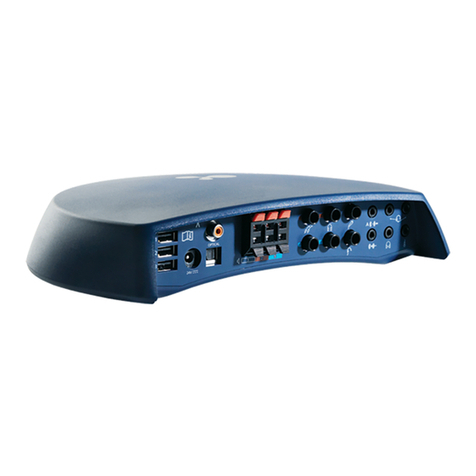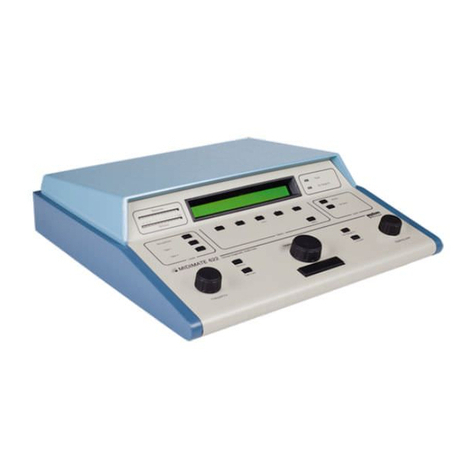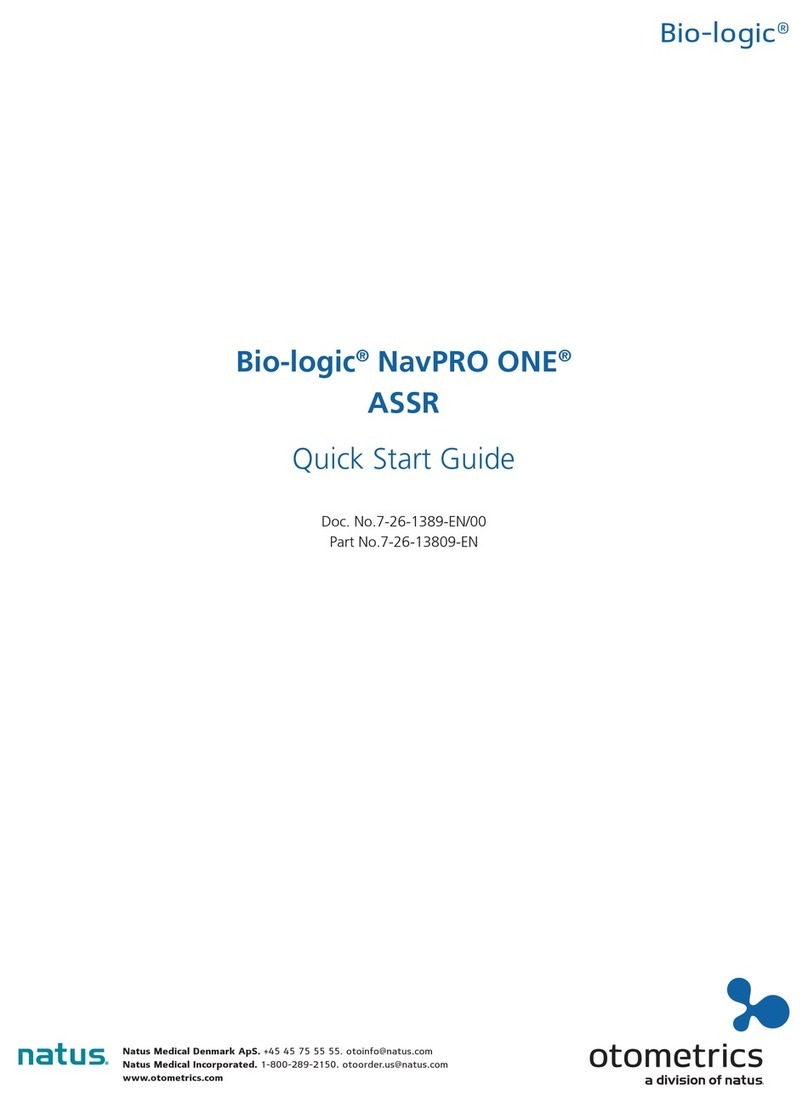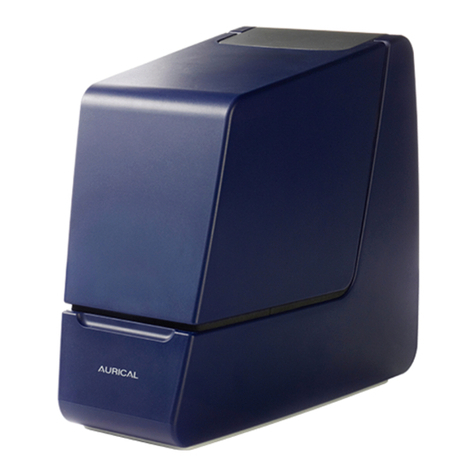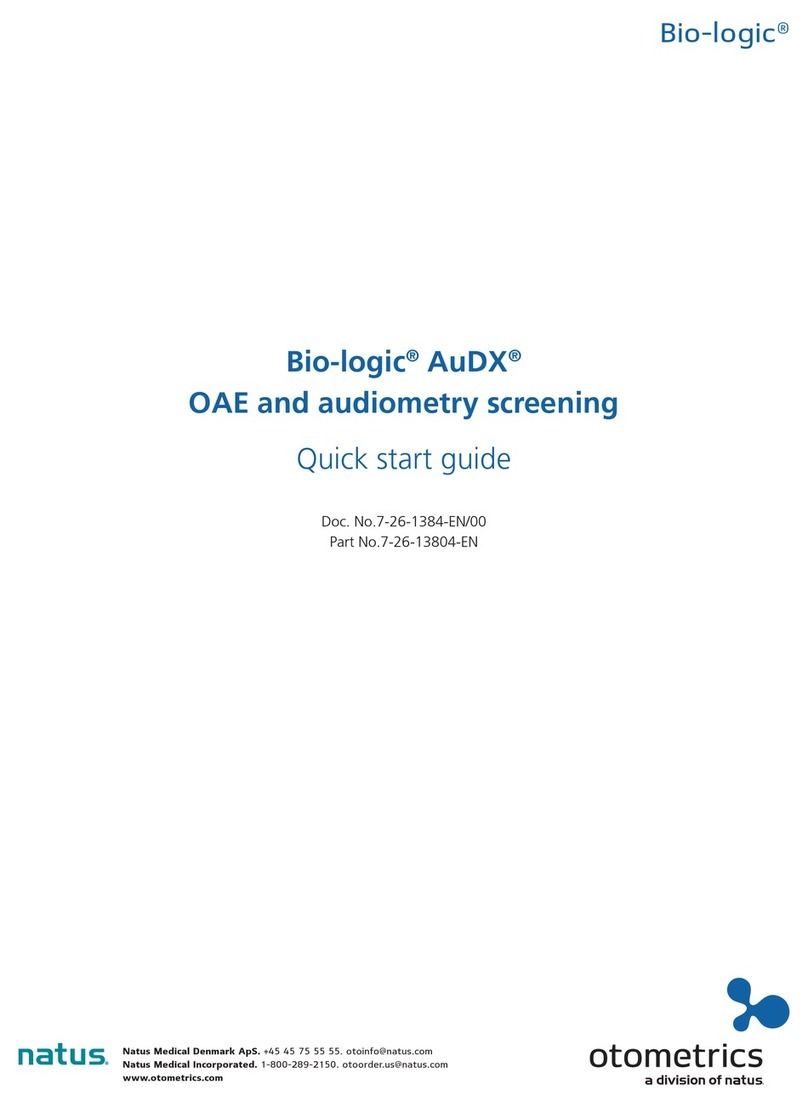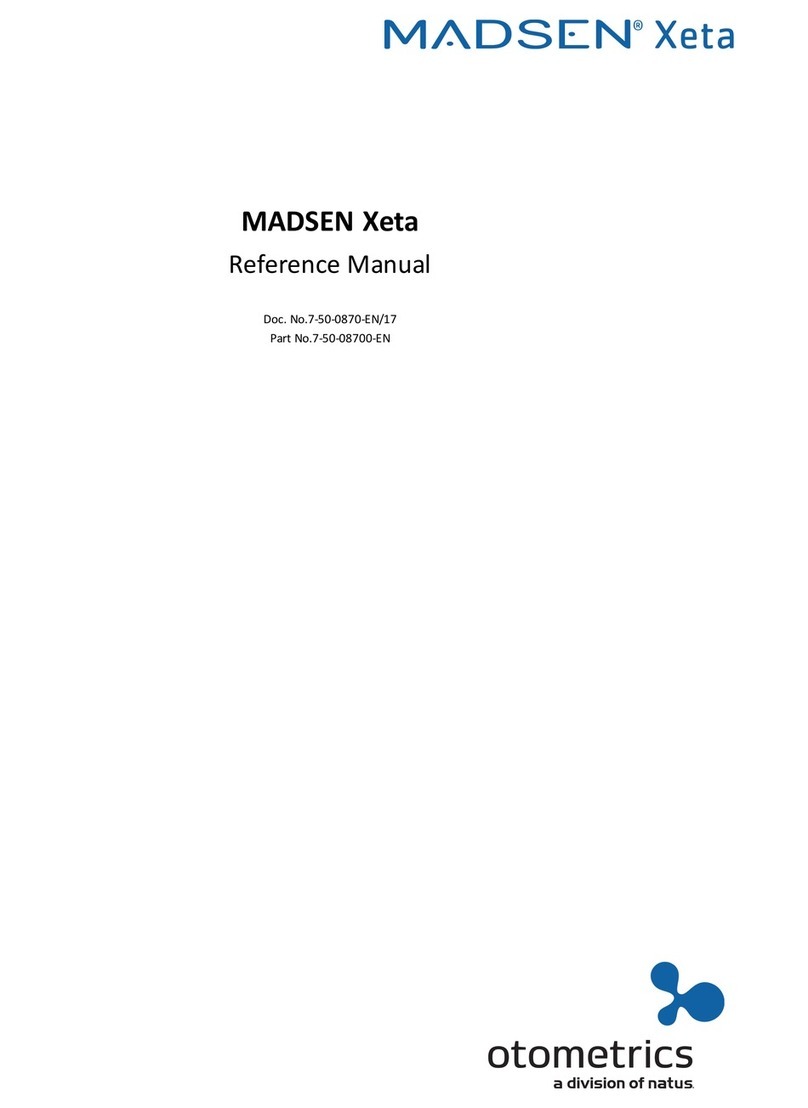
User Manual AccuScreen PRO
4GN Otometrics A/S
4.2 Unpacking the AccuScreen PRO................................................................................................ 27
4.3 Operating temperature................................................................................................................ 28
4.4 Storing the AccuScreen PRO ..................................................................................................... 28
4.5 Battery ........................................................................................................................................ 28
4.5.1 Battery test ..................................................................................................................... 28
4.5.2 Removing and recharging the battery ............................................................................ 29
4.5.3 The charger .................................................................................................................... 30
4.5.4 Battery safety information............................................................................................... 30
4.5.5 Increasing service life ..................................................................................................... 31
4.5.6 Environmental Protection ............................................................................................... 31
4.6 Data/printer interface .................................................................................................................. 31
5 Preparing for testing
5.1 Connecting the probe ................................................................................................................. 33
5.2 Connecting the electrode cable for ABR testing ......................................................................... 33
5.3 Connecting the Y-cable for ABR testing ..................................................................................... 33
5.4 Preparing the test environment................................................................................................... 34
5.5 Preparing the patient .................................................................................................................. 34
5.5.1 Placing electrodes for ABR testing ................................................................................. 35
5.5.2 Fitting the eartip on the probe......................................................................................... 36
5.5.3 Fitting the Ear Couplers.................................................................................................. 36
5.6 Preparing the AccuScreen PRO .................................................................................................38
6 Tests
6.1 Test methods .............................................................................................................................. 41
6.1.1 Test process TEOAE...................................................................................................... 41
6.1.2 Test process DPOAE ..................................................................................................... 42
6.1.3 Test process DPOAE Diagnostic.................................................................................... 45
6.1.4 Test process ABR...........................................................................................................47
6.2 Monitoring the test ...................................................................................................................... 50
6.2.1 TEOAE tests................................................................................................................... 50
6.2.2 DPOAE tests .................................................................................................................. 51
6.2.3 DPOAE Diagnostic tests................................................................................................. 52
6.2.4 ABR tests........................................................................................................................ 53
6.3 After the test ............................................................................................................................... 53
6.3.1 Adding comments to a test ............................................................................................. 53
6.4 Interpretation of the results ......................................................................................................... 54
6.4.1 TEOAE ........................................................................................................................... 54
